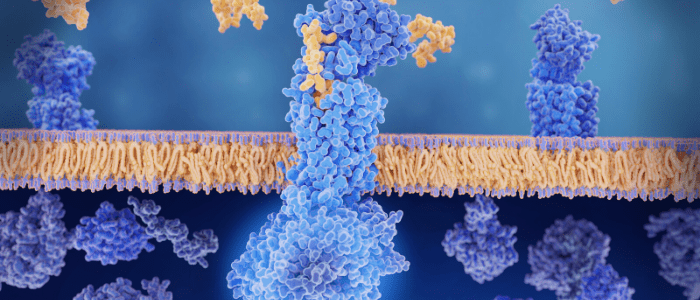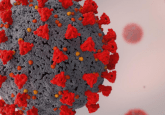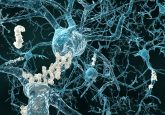Super-resolution image of vital brain receptor may aid understanding of neurological disorders

Researchers from the University of Birmingham (UK) and the University of Würzburg (Germany) have used super-resolution microscopy to examine a G protein-coupled receptor (GPCR) that mediates neural transmission. The study, published in Science Advances, reveals evidence regarding how these receptors are organized within the brain; information that could potentially aid our understanding of the development of neurodegenerative disorders such as Alzheimer’s and Parkinson’s. GPCRs are involved in cell communication behind virtually all physiological processes in the body. In order to develop effective treatments for conditions such as Parkinson’s and Alzheimer’s, in which cells are unable to communicate effectively, it is...





